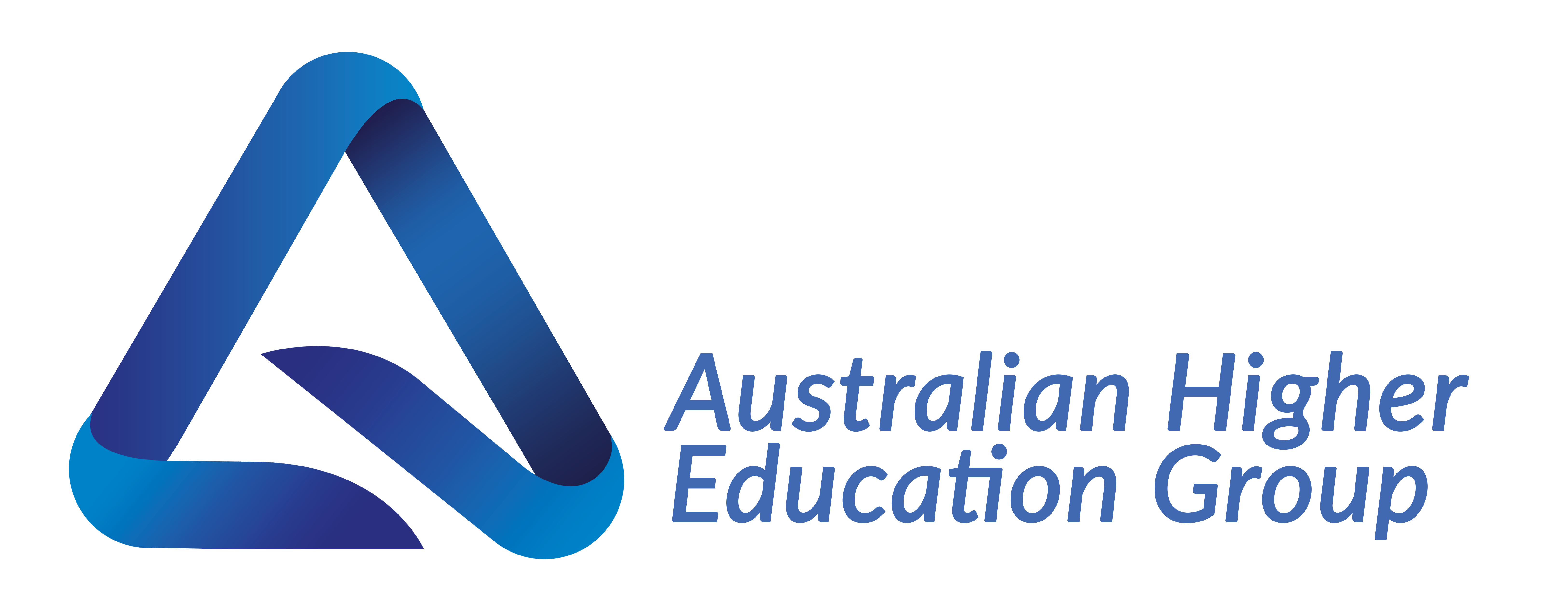In order to get an accurate picture of how a learner is performing, trainers and assessors should try to conduct personal observations or direct observations. The problem with doing this is that it can be difficult for trainers and assessors to observe students if they are not performing or demonstrating their skills in a traditional assessment demonstration and performance setting.
We cannot ignore the fact that we can not make a learner competent without ensuring the learner has:
- All knowledge and skills required to successfully perform certain tasks, duties and responsibilities
- The attitude, behaviour, and manner in which specific tasks, duties, and responsibilities should be carried out
- Addressed and met all compliance and regulatory standards required to demonstrate competence for specific activities, roles, and responsibilities
The importance of this becomes even more apparent and challenging to do when trainers and assessors are required to actually observe the learners executing a specific task or activity in an online learning environment.
Direct Observations in the Online Learning Environment
In order for all learners to demonstrate their performance effectively, understand where they are falling short, and provide suggestions to close those gaps in a professional and competent manner, trainers and assessors must be directly observed when they are performing any activity or task in the online environment. Trainers and assessors must be able to record any actions, attributes, behaviours, conversations or opinions regarding their learners’ performance on a task and/or activity; these observations can also be used to determine whether or not a learner has achieved competency in a training product.
How do you implement direct observation methods and techniques?
Direct observation techniques can be implemented anywhere through the use of digital cameras and recording equipment. This type of monitoring typically takes place in online courses where learners have access to computers with webcams and microphones. Mobile phones and other mobile devices can be used to demonstrate and capture direct observations as well.
Why can direct observations be difficult when observing student performance online?
Direct observation is often difficult in online learning environments because of the limits on what can be observed.
These difficulties are due to the fact that:
- New assessment methods: The assessment methods are new and direct observations in an online learning environment have previously not been used
- Confidence or lack of confidence: The trainers and assessors are not confident that the performance meets the expected standards, guidelines and requirements
- Compliance guidelines: There are potential compliance requirements that must be met when conducting the observation such as permissions to the record.
- Manipulation of the performance: The performance can be manipulated or edited
The purpose of direct observation is to provide feedback on how the student is progressing. It allows assessors to observe how students are performing, provide immediate feedback on student performance, identify student strengths and weaknesses, and make course adjustments based on what students are doing best.
So how should direct observations be planned and implemented?
- Conducting observations online requires careful planning including:
- The time of the observation: When should it occur?
- The duration of the observation: How long should it be?
- The purpose of the observation: Why should it occur?
- All intended stakeholders and parties: Who will be involved?
- The roles, responsibilities and task activities should be clear and understood to all parties involved: Why should they be involved? What will each party be doing or performing?
- The location of the performance: Where should it occur?
- The reasoning for selecting the location: Why should it occur there?
- Assessment evaluation framework and guidelines: What are the assessment evaluation criteria?
- All communication channels and frameworks: How have these criteria been communicated to the learners and other parties involved in the assessment process?
- Change management processes: What changes are required in consultation with the learners?
- Careful implementation involves
- When and where it is appropriate to do so
- How immediate assistance can be provided to the learners
- How reliable evidence can be collected.
- It should occur live in front of the trainer/assessor, not in a recorded session, wherever possible
- According to all applicable regulatory and legislative guidelines, protocols and standards
If you are unsure about how to interpret an observation, trainers and assessors should always seek help from compliance and quality assurance experts or other industry professionals to help guide their decisions.




